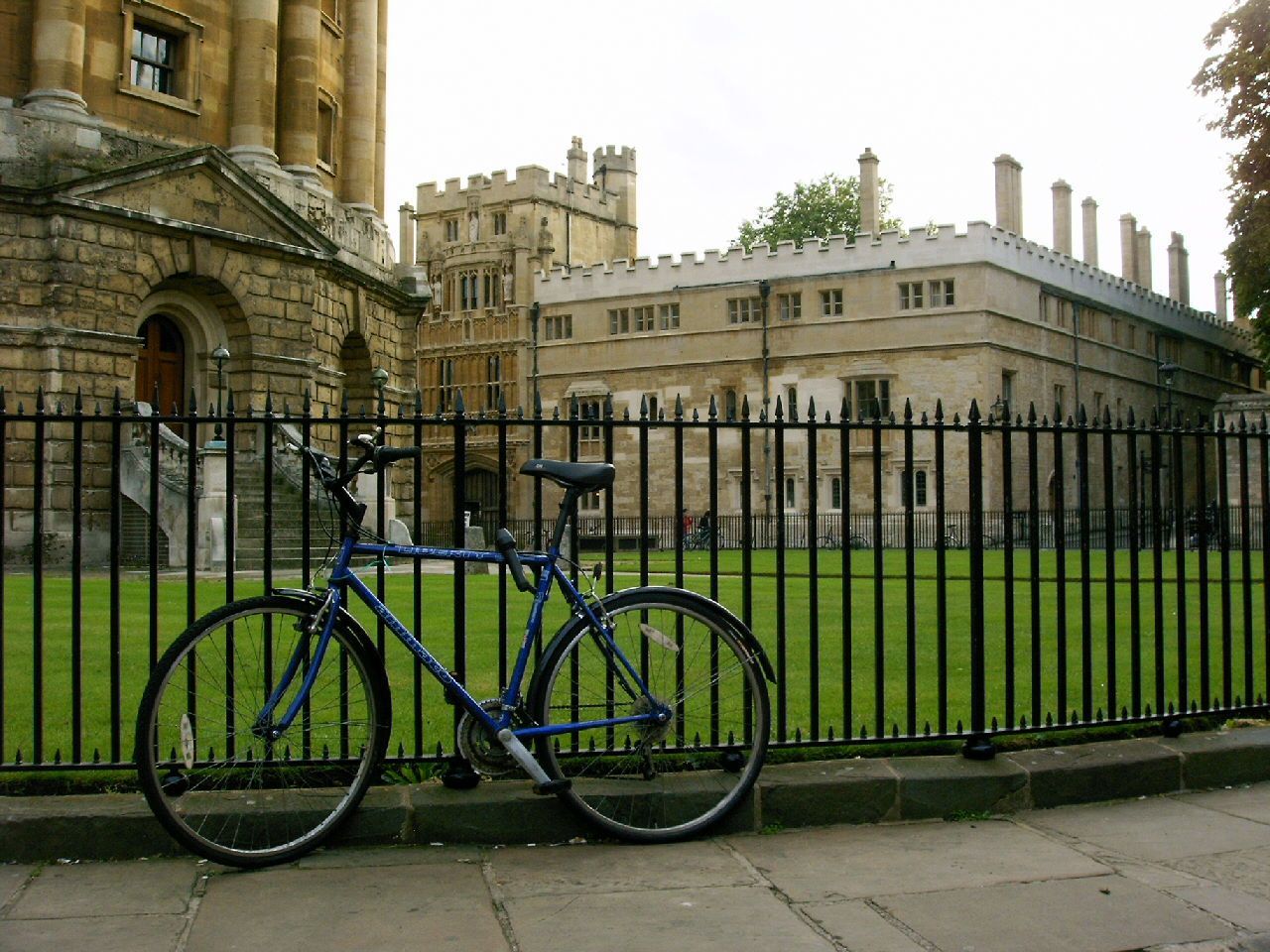
This Thursday I take part in a panel discussion at the Joint ORCID – Dryad Symposium on Research Attribution. Together with Trish Groves (BMJ) and Christine Borgman (UCLA) I will discuss several aspects of attribution. Trish will speak about ethics, Christine will highlight problems, and I will add my perspective on metrics. This blog post summarizes the main points I want to make.